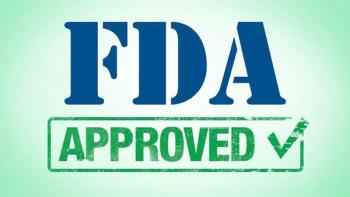
ADCs Are “Legos,” Customize Cancer Treatment By Target, Safety
Each component of an antibody-drug conjugates—payload, linker, and antibody—play a unique role in building the treatment’s use and safety profile.
Antibody-drug conjugates (ADCs) are transformable, allowing for more targeted treatment across biomarkers and cancer types and changing the safety profiles of each therapy, according to Paolo Tarantino, MD, PhD, a clinical research fellow at Dana-Farber Cancer Institute.
In an interview with Oncology Nursing News at the 2025 International Congress on the Future of Breast Cancer East, hosted by Physicians Education Resource LLC®, Tarantino compared ADCs to Lego blocks in that you can switch out the antibody, linker, and payload to create unique therapies, altering each one’s target and associated adverse events (AEs). According to Tarantino, each part plays a unique role in the composition of ADCs.
The payload may determine cross-resistances, said Tarantino. For that reason, it has a part in determining the sequencing of ADCs. Likewise, the linker largely dictates the
The antibody, Tarantino explained, targets the treatment. For this reason, certain antibody components are better suited for certain cancer types. For instance, an
Transcript
I consider ADCs like Legos. You can switch or change every piece, and this leads to major differences in clinical profile. Each of the 3 main pieces—antibody, linker, payload—are extremely important in a different way. The payload is important because it’s the one that can lead to cross-resistance. If you use a topoisomerase I inhibitor ADC, after that, if available, you may want to think of something different, like a microtubule inhibitor ADC. In terms of resistance, you may want to switch the payload.
The linker is very important for the stability of the ADC. Very unstable linkers tend to lead to a lot of chemotherapy-related adverse effects [AEs] like alopecia, fatigue, neutropenia, whereas very stable ADCs totally switch the toxicity profile toward the antibody, so you see less of the chemotherapy-related AEs, but more of the antibody-related.
With
Finally, the antibody is critical for the type of disease you’re treating. We know that HER2 ADCs are key for breast cancer, along with TROP2 ADCs.
This transcript has been edited for clarity and conciseness.
Newsletter
Knowledge is power. Don’t miss the most recent breakthroughs in cancer care.

















































































